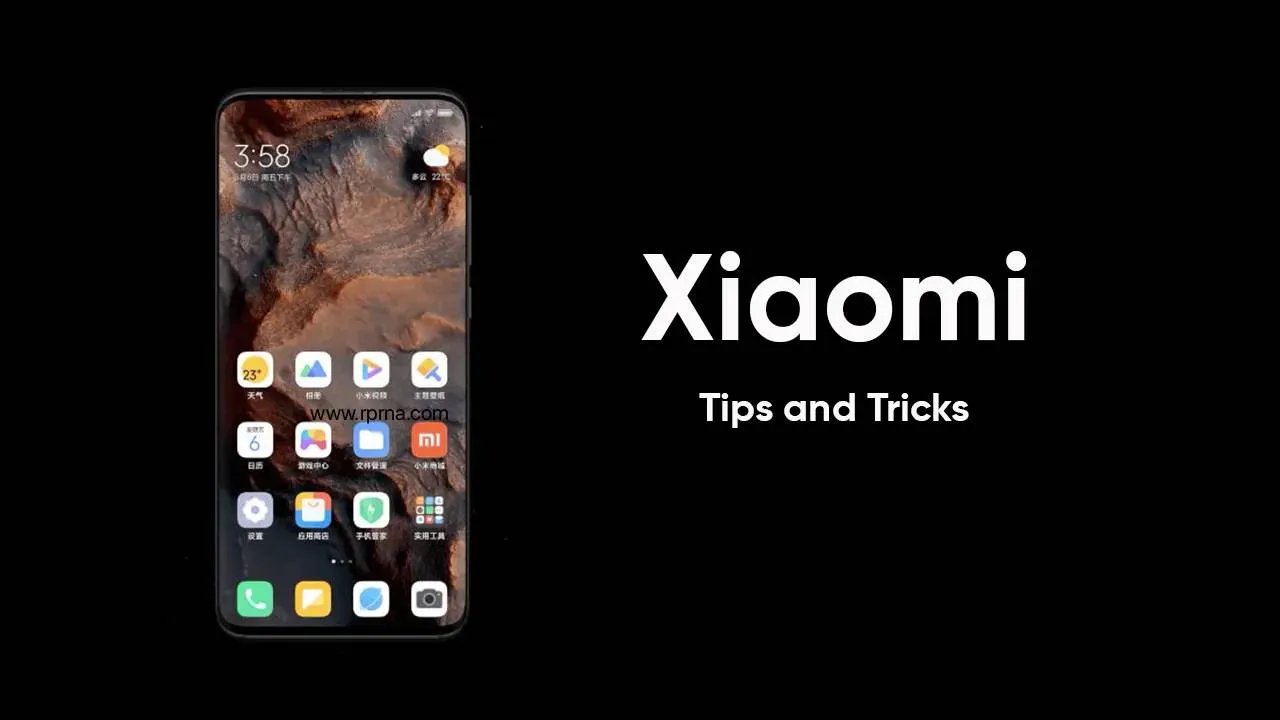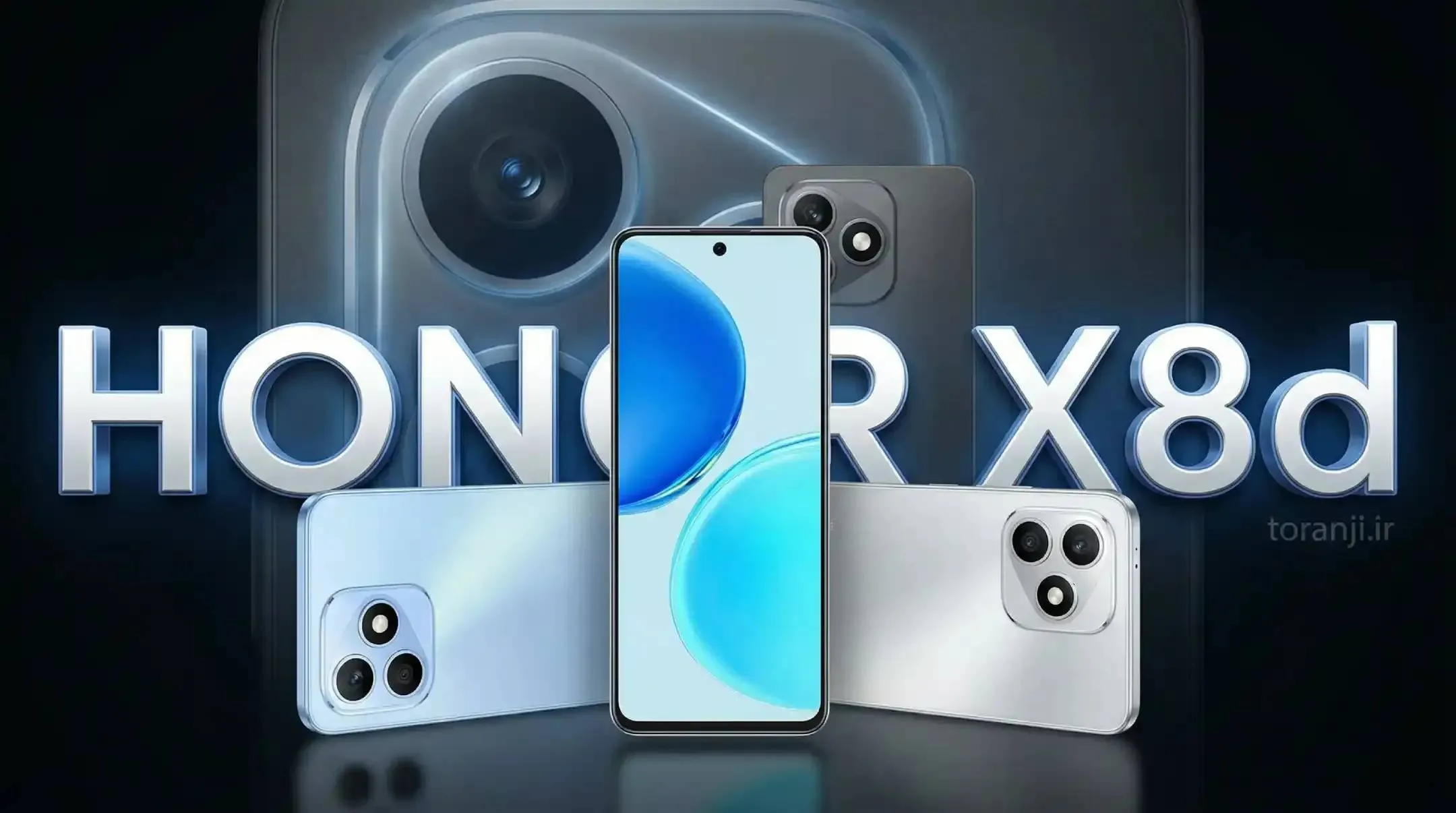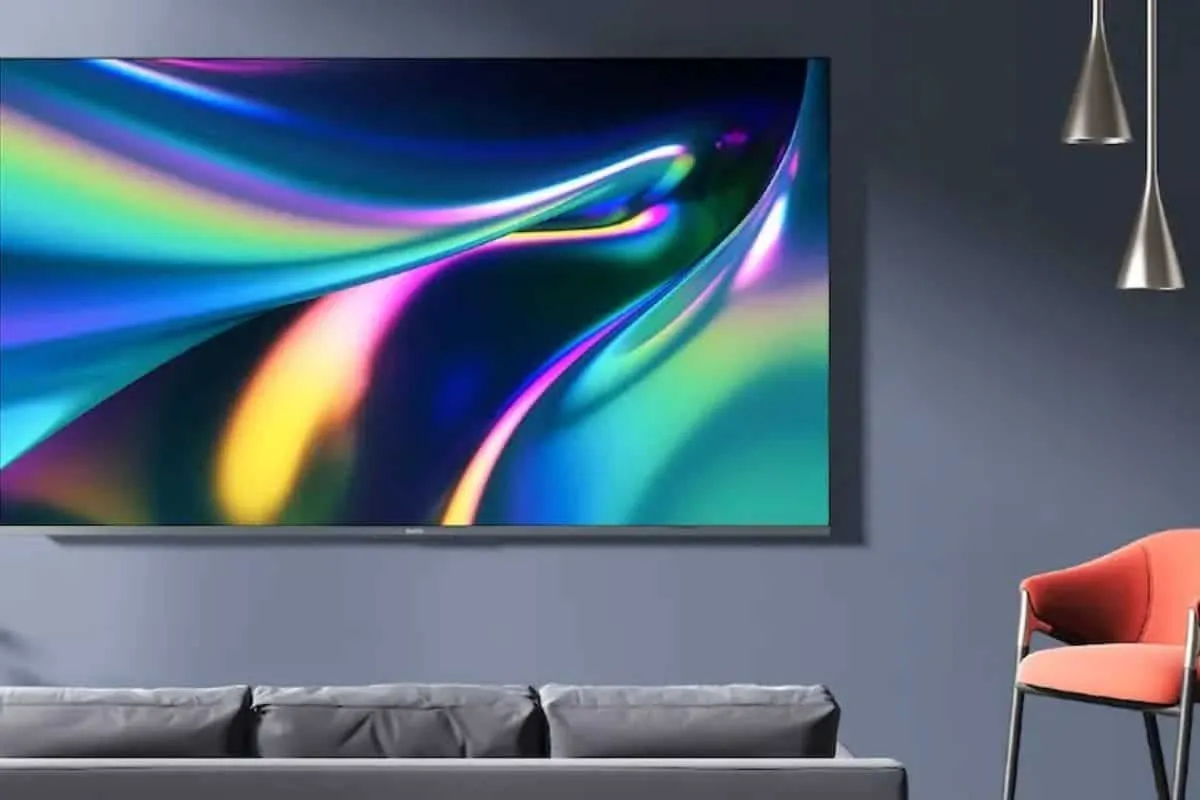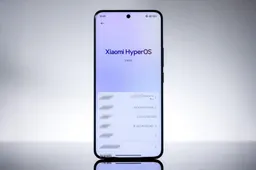EU introduces new smartphone energy labels to guide buyers and cut emissions
PhonesFriday, 20 June 2025 at 15:33
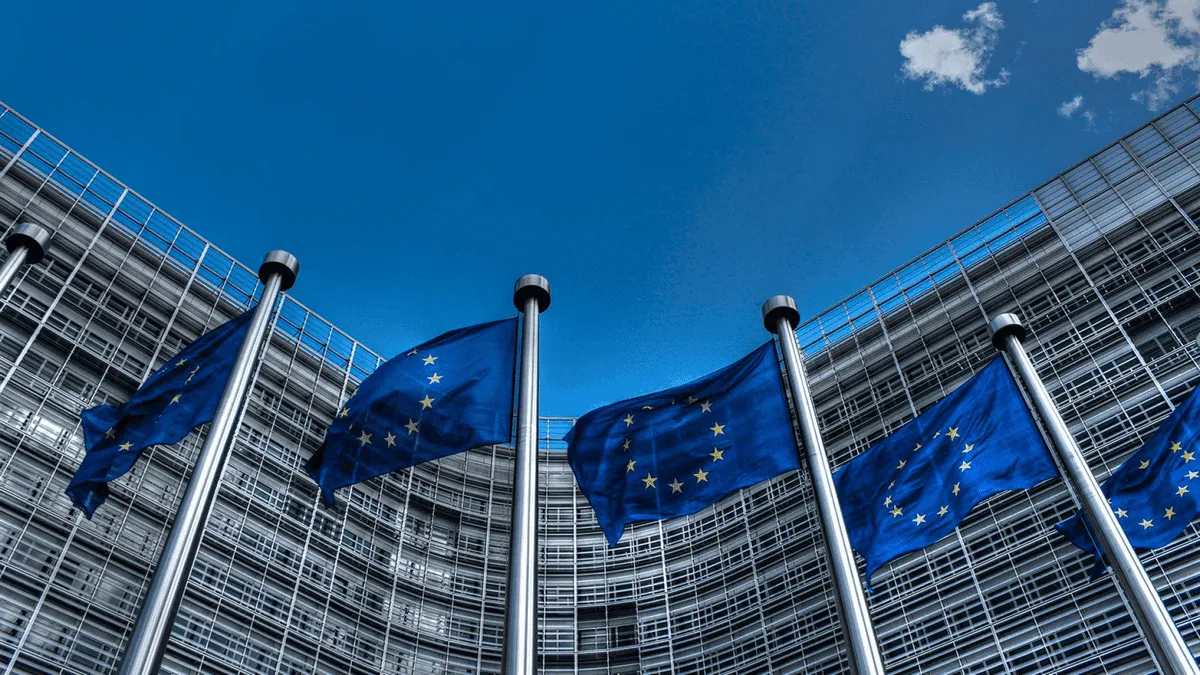
From June 20, 2025, smartphone and tablet buyers in the European Union will begin seeing a new energy label on every device sold. These labels, which must be included inside the packaging, are designed to help buyers make more informed decisions by clearly showing how efficient and durable a device is. The system follows the same A to G scale used for other electronics, with A being the best.

What the smartphone energy label includes
The label covers seven key areas of smartphone and tablet performance. These are the overall energy efficiency class, battery life per full charge, drop resistance rating, battery durability in terms of charge cycles, repairability score, ingress protection (against dust and water), and software update policies. These metrics are aimed at helping consumers understand not just how long a battery lasts, but also how easy the device will be to maintain over time.
Beyond simply providing information, the EU regulation sets out five eco-design rules that all new smartphones and tablets must meet. First, all devices must be durable, with resistance to drops and protection from dust and water. Second, batteries must handle at least 800 full charging cycles while maintaining 80% of their original capacity.
Third, critical spare parts like batteries and screens must be available for up to 7 years, even after a device is no longer sold. Fourth, operating system updates must continue for 5 years from the end of sales. Finally, professional repairers must be allowed to access repair tools and software without unfair restrictions.

Which devices are affected and which are not
The rule applies to all phones, feature phones, cordless landlines, and tablets with screen sizes from 7 to 17.4 inches. This law does not include devices that were released before June 20. Also, it excludes specialty devices like rollable and ultra-secure phones. It also excludes full-fledged tablets running desktop-class operating systems.
A push for transparency backed by real testing
The new energy label uses data from battery tests developed by the French company SmartViser. This is the same testing method used in well-known battery endurance reviews. It ensures a degree of reliability in the new ratings. Buyers in the EU can now compare phones not just by brand or price, but also by long-term value, repairability, and environmental impact. The EU hopes this change will lower electronic waste and reduce CO₂ emissions across the region.
Popular News
Latest News
Loading
